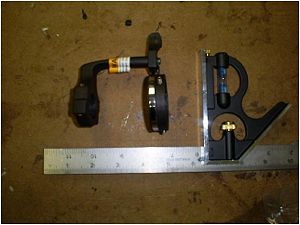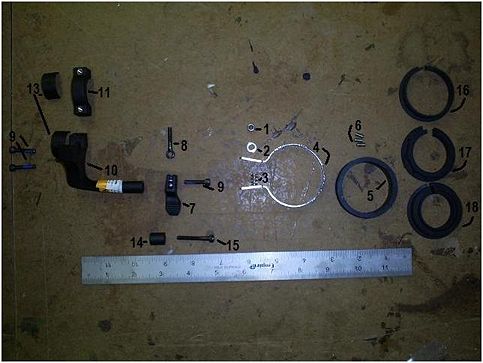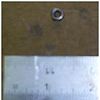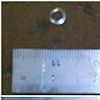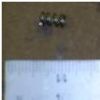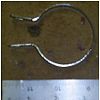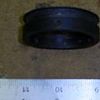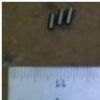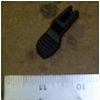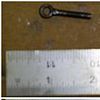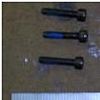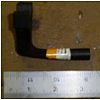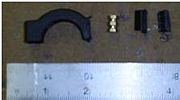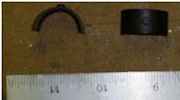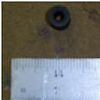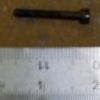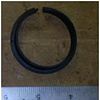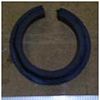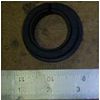Motorcycle throttle lock
From DDL Wiki
| Line 74: | Line 74: | ||
{| class="wikitable" border="1" cellspacing="0" align="center" style="text-align:center" | {| class="wikitable" border="1" cellspacing="0" align="center" style="text-align:center" | ||
| - | ! colspan="9" style="background:#efefef;" | | + | ! colspan="9" style="background:#efefef;" | Parts List |
|- | |- | ||
!Part # !! Name !! QTY !! Weight (g) !! Function !! Material !! Manufacturing Process !! Image | !Part # !! Name !! QTY !! Weight (g) !! Function !! Material !! Manufacturing Process !! Image | ||
Revision as of 19:07, 3 February 2011
Contents |
Executive Summary
This is the executive summary.
Major Stakeholders and Product Needs
User
- easy to use
- safe
- easy to disengage
- durable
- attractive
- stays engaged over long distances and through vibrations
- intuitive to use
Installer
- easy to install and adjust for many different motorcycles
Retailer
- cheap
- attractive
- compact
Other motorists
- safe
- easy to disengage
Passenger
- safe
- reliable
- intuitive to use
Law enforcement
- Can failure lead to malfunction or an accident
Product Use
Type 1 (cruiser)
Type 2 (sport bike)
Dissection procedure and exploded assembly
Dis-assembly procedure
- Removing clamp
- take off clamp screw nut
- remove washer and spring
- separate main assembly into two sub-assemblies
- throttle lock sub-assembly
- handle bar clamp sub-assembly
- Dis-assemble locking mechanism
- remove metal clamp
- remove clamp screws (3)
- Dis-assemble thumb lever
- remove axial screw
- Dis-assemble handle bar clamp
- remove screws (2)
- Analyze auxiliary parts
- rubber clamps
- wide throttle adapter with screw
- Cut out main body clamp set threads
- cut with hack saw
Mechanical Function
Type 1 (cruiser)
This product is used to lock the throttle on a motorcycle. The usual way of riding a motorcycle requires the rider to hold the throttle on at all times to accelerate. This can lead to fatigue on long trips. This product uses a metal clamp with a plastic washer to hold the throttle in the on position while letting the rider relax his hand. There is a small spring and plastic switch for functionality and when the switch is turned off, it quickly allows the throttle to go to zero.
Type 2 (sport bike)
This product serves the same purpose as the cruiser type throttle lock. This products different in how it accomplishes the task. The sport bike throttle lock is located on the outside of the throttle (directly to the right of one's right hand). It takes the place of the right hand end weight that sport bikes have. In order to "lock" the throttle the rider must turn the large nut on the throttle lock in the same direction as the accelerator. This will cause the nut to press against a washer which then presses against the motorcycle's throttle. The added friction from the washer being tightened by the left hand nut causes the throttle to be held in place. Unlike the cruiser style lock, this product does not have a "quick" release feature like some of its competing products. The user must manually tighten and loosen the throttle lock. It is possible to move the throttle while the throttle lock is engaged so long as it has not been over tighten. Although there is no quick release, this product is a very simple and effective cruise control for sport motorcycles.
Bill of Materials and Properties
DFMA
FMEA
DFE
Team Members and Roles
- Brandon VanTassel - Team Leader
- Matthew Doncheski - DFMA Lead
- Randall Oakes - FMEA Lead
- Nicholas Petrillo - DFE Lead
